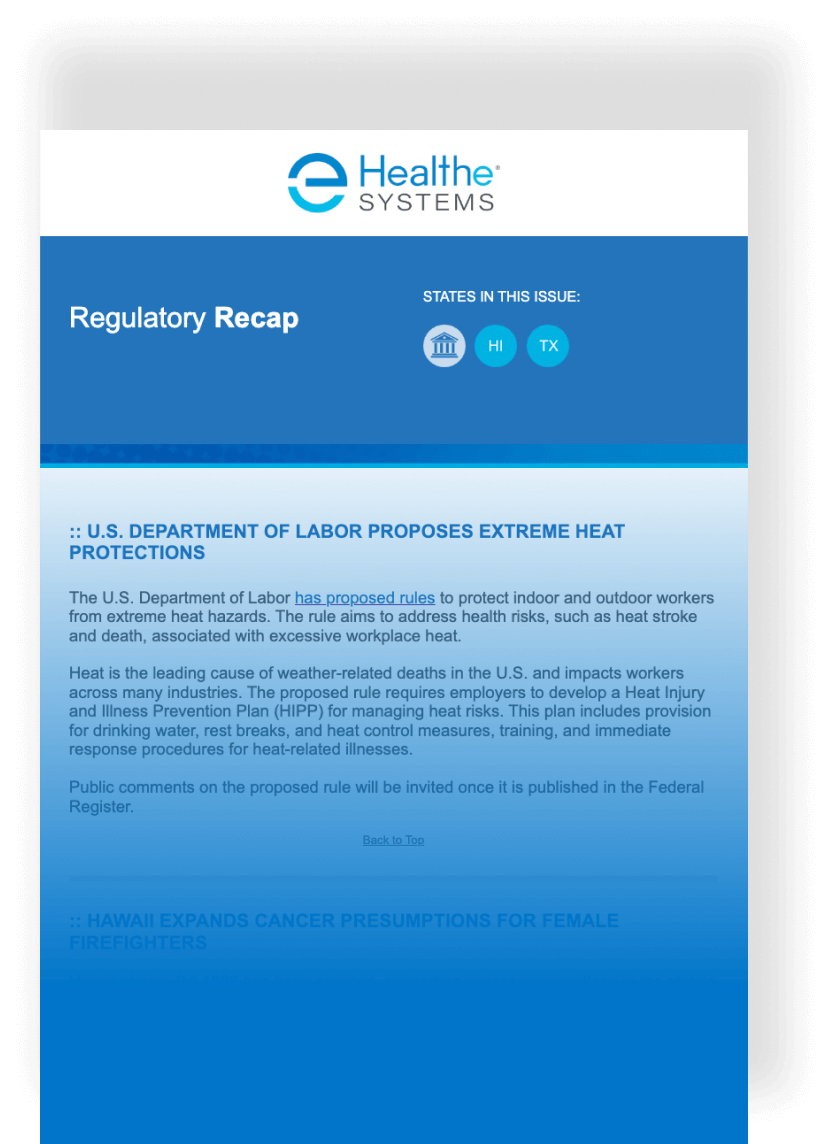The Workers’ Compensation Research Institute (WCRI) published a new study that outlines the key decisions public officials face when establishing or revising physician fee schedules. The study examines how 44 states with fee schedules and the District of Columbia have addressed these challenges as of March 31, 2025, analyzing major changes to professional medical service fee schedules since March 2022.
Crafting a medical fee schedule requires a delicate balance. If rates are set too low, treating injured workers may become uneconomical for providers, jeopardizing access to care. Conversely, rates set too high may reduce potential savings and weaken the fee schedule’s cost-containment goals.
The study compares state’s workers’ comp fee schedules to Medicare rates within those state. It also compares fee schedule levels across states for professional services, which account for about 41% of workers’ comp medical costs.
According to the report, the overall workers’ comp difference over Medicare varied substantially – from 1% below Medicare in Massachusetts to 200% above Medicare in Nevada. Regions such as Nevada and the District of Columbia established their fee schedules to be within 20% of Medicare rates, while 16 states set their fee schedule rates at levels more than double their state-specific Medicare rates.
At the service-type level, there was substantial variation in the workers’ comp difference from Medicare across eight different service groups. Six states established their reimbursement rates for evaluation and management services near the Medicare level or below, while one-to-two states had their fee schedule rates close to or below Medicare rates for physical medicine, neurology/neuromuscular testing, and minor or major radiology.
These low rates could potentially limit access to care. It was noted that overall, fewer states set fee schedules for major service types at levels below or close to Medicare. In fact, roughly 25% of fee schedule states established their fees at triple the Medicare rates or more for major surgery and minor radiology; 40% of states did the same for major radiology.
A majority of states had 2% or less of payments lack an assigned fee schedule rate, though six jurisdictions had between 6-29% of overall payments without an established maximum allowable rate in the fee schedule regulation. Additionally, 21 jurisdictions had 10% or more of payments for services without assigned fee schedule rates for at least one service group. Of note, 17 of those jurisdictions did not establish fee schedule rates for neurological/neuromuscular testing services.
At over 200 pages, there is a wide variety of further data insights available.







